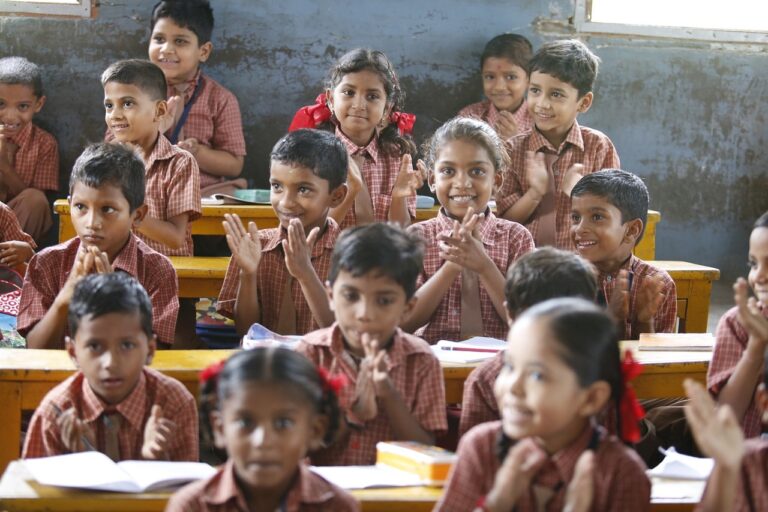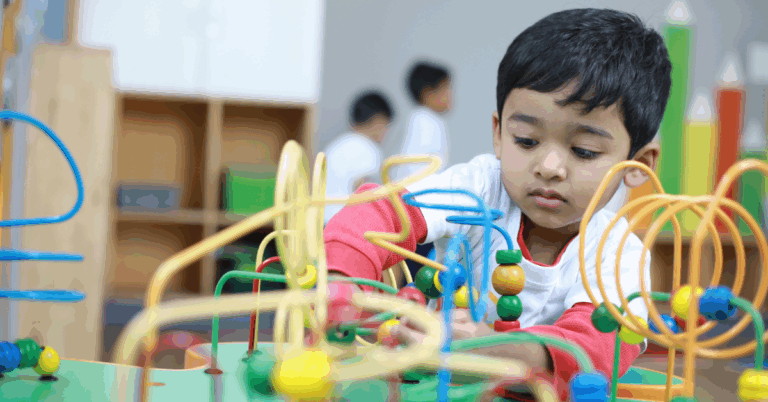Equity in Education: Addressing Disparities in Access and Opportunity
Marginalized communities often encounter numerous obstacles on their educational journey. One significant challenge is the lack of resources and funding in their schools, leading to overcrowded classrooms, outdated materials, and limited access to technology. This impediment hinders their ability to receive a quality education and compete on an equal footing with their more privileged peers. Moreover, marginalized students often face discrimination and bias from educators and peers, creating a hostile learning environment that can affect their academic performance and overall well-being.
Historical Context of Educational Disparities
In examining the historical context of educational disparities, it is essential to acknowledge the deep-rooted inequalities that have plagued the education system for generations. Throughout history, marginalized communities, such as Black Americans, Latinos, Indigenous peoples, and other minorities, have faced systemic barriers that hinder their access to quality education. From segregation in schools to unequal funding distribution, these disparities have contributed to a cycle of educational inequity that persists to this day.
The disparities in education can be traced back to a history of discriminatory practices and policies that have perpetuated social and economic divides. In the United States, for example, the legacy of segregation and discriminatory practices like redlining have had a lasting impact on the educational opportunities available to minority communities. These historical injustices have created a disparity in resources, teacher quality, and overall educational outcomes that continue to affect marginalized groups disproportionately.
Socioeconomic Factors Impacting Access to Quality Education
Access to quality education is significantly influenced by socioeconomic factors. Families with limited financial resources may struggle to provide their children with adequate learning materials, access to extracurricular activities, and educational opportunities beyond the classroom. In many cases, these financial constraints can hinder a student’s academic success and overall educational experience, perpetuating a cycle of disadvantage.
Furthermore, disparities in income and wealth can impact the quality of schools available to students from different socioeconomic backgrounds. Schools in low-income neighborhoods often face resource shortages, leading to insufficient infrastructure, outdated materials, and limited access to technology. As a result, students attending these schools may not receive the same level of education compared to their peers in more affluent areas, creating an unjust educational divide.
What are some of the challenges faced by marginalized communities in accessing quality education?
Marginalized communities often face barriers such as lack of adequate resources, limited access to quality schools, and systemic discrimination that hinder their ability to receive a quality education.
How has the historical context of educational disparities contributed to the current educational landscape?
Historical inequities such as segregation, unequal funding, and discriminatory policies have created lasting disparities in education that continue to impact marginalized communities today.
What are some of the socioeconomic factors that impact access to quality education?
Factors such as income level, parental education, access to resources, and neighborhood quality all play a significant role in determining a student’s access to quality education.
How can addressing socioeconomic factors help improve access to quality education for marginalized communities?
By addressing issues such as poverty, inequality, and lack of resources, policymakers and educators can help create a more equitable educational system that ensures all students have access to quality education.







